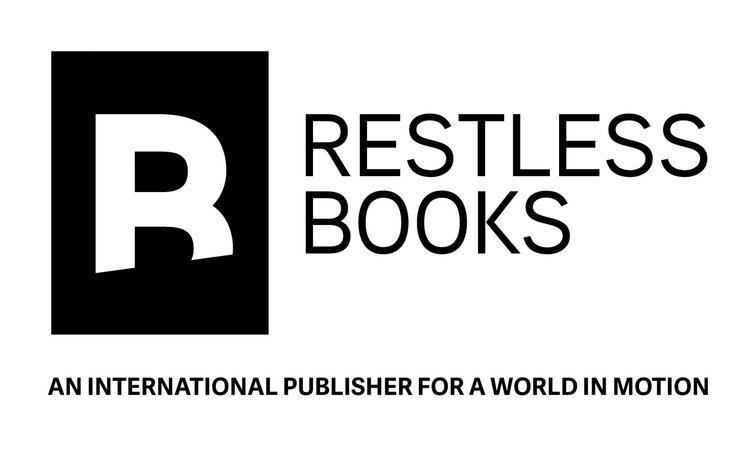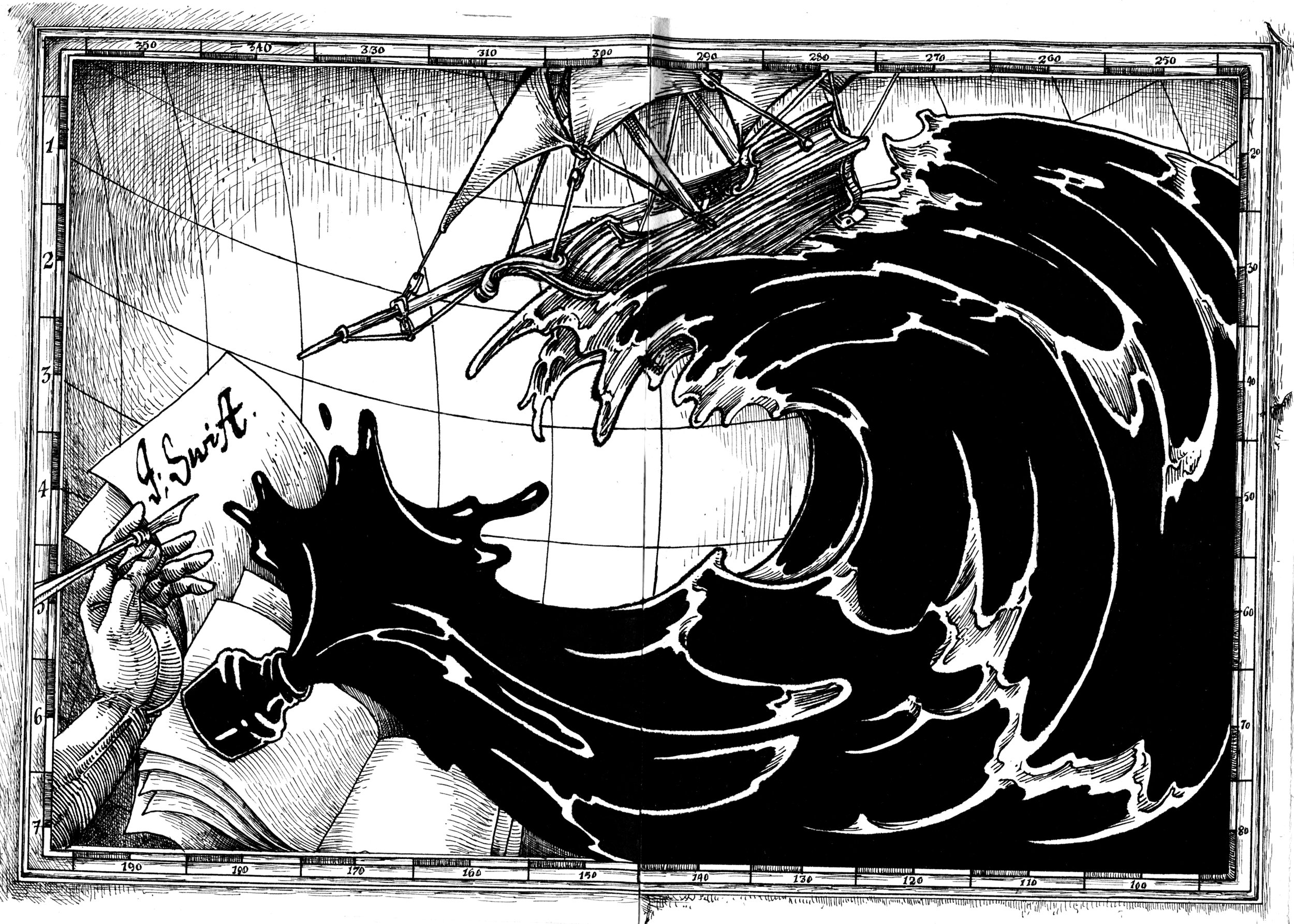Our virtual classics book club continues this June with Robinson Crusoe, a gripping story of peril and survival and ultimate isolation (relatable!)—and an unparalleled portrait of the British colonizer.
Read MoreJamaica Kincaid
Read Jamaica Kincaid's Introduction to the 300th Anniversary of Robinson Crusoe
We are thrilled to release a gorgeous new edition of Daniel Defoe's Robinson Crusoe in celebration of the 300th anniversary of its publication. Originally published in 1719, this influential Caribbean adventure story garnered a reputation for being the first great English novel and set the stage for colonial literature as we know it today.
This edition of Robinson Crusoe will further illuminate racial tensions, the current refugee crisis, and existing international conflicts by exposing readers to the analytic voice of Antiguan-Americna author Jamaica Kindcaid. Read Kincaid’s excerpt from the introduction, which begins with “Dear Mr Crusoe, please stay home,” supplemented by Mexican artist Eko’s beautiful illustrations.
INTRODUCTION: JAMAICA KINCAID AND THE STORY OF ROBINSON CRUSOE
Dear Mr Crusoe,
Please stay home. There’s no need for this ruse of going on a trading journey, in which more often than not the goods you are trading are people like me, Friday. There’s no need at all to leave your nice bed and your nice wife and your nice children (everything with you is always nice, except you yourself are not) and hop on a ship that is going to be wrecked in a storm at night (storms like the dark) and everyone (not the cat, not the dog) gets lost at sea except lucky and not-nice-at-all you, and you are near an island that you see in the first light of day and then your life, your real life, begins. That life in Europe was nice, just nice; this life you first see at the crack of dawn is the beginning of your new birth, your new beginning, the way in which you will come to know yourself—not the conniving, delusional thief that you really are, but who you believe you really are, a virtuous man who can survive all alone in the world of a little god-forsaken island. All well and good, but why did you not just live out your life in this place, why did you feel the need to introduce me, Friday, into this phony account of your virtues and your survival instincts? Keep telling yourself geography is history and that it makes history, not that geography is the nightmare that history recounts.
Perhaps it is a mistake to ask someone like me, a Friday if there ever was one, a Friday in all but name, to consider this much loved and admired classic, this book that seems to offer each generation encountering it, sometimes when a child and sometimes as an adult who becomes a child when reading it, the thrill of the adventure of a man being lost at sea, then finding safety on an island that seems to be occupied by nobody, and then making a world that is very nourishing to him physically and spiritually.
I was a ravenous reader as a child. I read the King James version of the Bible so many times that I even came to have opinions early on about certain parts of it (I thought of the Apostle Paul as a tyrant and the New Testament as too much about individuals and not enough about the people); I read everything I could find in the children’s section of the Antigua Public Library, situated on a whole floor just above the Government Treasury. If there was something diabolical or cynical in that arrangement, I never found it, but if it does turn out to be so, I will not be at all surprised. Among the many things that would haunt me were these three books: Treasure Island by Robert Louis Stevenson, The Water-Babies by Charles Kingsley, and Robinson Crusoe by Daniel Defoe. Yes, yes, my early education consisted largely of ignoring that native Europeans were an immoral, repulsive people who were ignorant of most of the other people inhabiting this wonderful earth. Also, they were very good writers, that was true enough.
Read the full introduction on Book Post.
________________________
From the introduction to Robinson Crusoe. Copyright © 2019 by Jamaica Kincaid.
Restless Classics presents the Three-Hundredth Anniversary Edition of Robinson Crusoe, the classic Caribbean adventure story and foundational English novel, with new illustrations by Eko and an introduction by Jamaica Kincaid that recontextualizes the book for our globalized, postcolonial era.
Book Details
Paperback List Price: $19.99 • ISBN: 9781632061195 • Pub. 8/27/2019 • 5.5" x 8.25" • 384 Pages • Fiction: Classics / World Literature / Caribbean / Adventure / Postcolonial Studies • Territory: World • eBook ISBN: 9781632061201
Pre-order from: Amazon | Barnes & Noble | Google | Indiebound | iTunes | Kobo
Jamaica Kincaid is a Caribbean American writer whose essays, stories, and novels are evocative portrayals of family relationships and her native Antigua. Settling in New York City when she left Antigua at age 16, she became a staff writer at The New Yorker in 1976. Her books include the short story collection At the Bottom of the River (1983), the novels Annie John (1984) and Lucy (1990), the three-part essay A Small Place (1988), the novel The Autobiography of My Mother (1996) and nonfiction book My Brother (1997). Her “Talk of the Town” columns for The New Yorker were collected in Talk Stories (2001), and in 2005 she published Among Flowers: A Walk in the Himalaya. Her most recent book is the novel See Now Then (2013). She is a professor in the department of African and African American Studies at Harvard University and lives in Vermont.
Born in Mexico in 1958, Eko is an engraver and painter. His wood etchings, often erotic in nature and the focus of controversial discussion, are part of a broader tradition in Mexican folk art popularized by José Guadalupe Posada. He has collaborated on projects for The New York Times, the Frankfurter Allgemeine Zeitung, and the Spanish daily El País, in addition to having published numerous books in Mexico and Spain.



